Home>Kitchen & Cooking>Kitchen Gadgets & Utensils>Why Is My Kettle Leaking Water
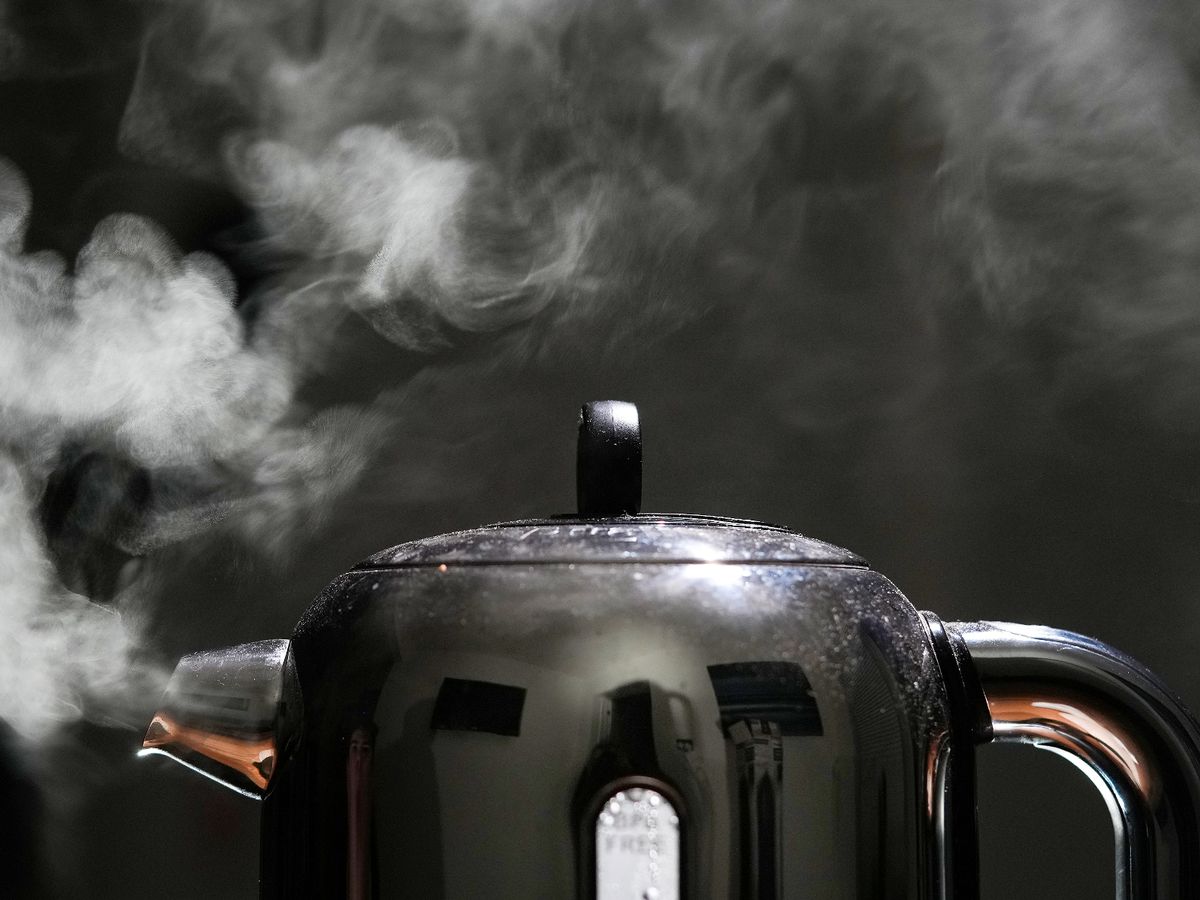

Kitchen Gadgets & Utensils
Why Is My Kettle Leaking Water
Modified: February 21, 2024
Discover the causes of water leakage in kitchen gadgets and utensils, including kettles. Learn how to troubleshoot and fix the issue.
(Many of the links in this article redirect to a specific reviewed product. Your purchase of these products through affiliate links helps to generate commission for Storables.com, at no extra cost. Learn more)
Introduction
Welcome to the heart of the home, where the aroma of freshly brewed coffee and the promise of a comforting cup of tea bring warmth to our mornings and evenings. The humble kettle, an indispensable kitchen companion, stands ready to serve at a moment's notice. However, there are times when this trusty appliance may spring a leak, leaving us puzzled and inconvenienced. In this guide, we will delve into the common causes of kettle leaks, explore methods to remedy this issue, and discover preventive measures to keep your kettle in top-notch condition.
A leaking kettle can be a frustrating sight, with water pooling where it shouldn't and the prospect of a malfunctioning appliance looming over your routine. Understanding the potential reasons behind this inconvenience is the first step toward resolving the issue and ensuring that your kettle continues to be a reliable ally in your culinary adventures.
So, let's embark on a journey to unravel the mysteries of the leaking kettle, empowering you to troubleshoot and maintain this essential kitchen gadget with confidence. Whether you prefer the soothing ritual of a steaming cup of herbal tea or the invigorating kick of a robust espresso, a leak-free kettle is the cornerstone of your daily comfort and culinary prowess. Let's equip ourselves with the knowledge and skills to bid adieu to kettle leaks and savor uninterrupted moments of warmth and delight.
Shall we begin our exploration into the world of kettle leaks and their solutions? Let's dive in!
Key Takeaways:
- Say goodbye to kettle leaks by checking and replacing worn seals, descaling to remove mineral buildup, and handling with care. Keep your kettle leak-free for uninterrupted brewing perfection!
- Prevent kettle leaks by descaling regularly, inspecting for wear and damage, and adhering to fill guidelines. Embrace proactive maintenance to preserve your kettle’s reliability and performance.
Read more: Why Is My Water Pump Leaking
Common Causes of Kettle Leaks
When your trusty kettle begins to leak, it’s natural to wonder about the underlying reasons for this unexpected behavior. Several factors can contribute to a kettle springing a leak, and understanding these common causes can help you diagnose the issue and take appropriate measures to rectify it.
1. Worn or Damaged Seals: Over time, the seals in your kettle’s spout and lid may deteriorate due to regular use and exposure to heat. This wear and tear can lead to compromised seals, allowing water to escape and manifest as a leak. Inspect these seals for signs of wear, brittleness, or damage, and consider replacing them if necessary.
2. Mineral Buildup: In regions with hard water, mineral deposits can accumulate within the kettle, particularly around the spout and lid. This buildup can interfere with the proper closure of the spout or lid, leading to leaks. Regular descaling of your kettle can help prevent mineral buildup and preserve its functionality.
3. Cracks or Damage: Accidental impacts or mishandling can result in cracks or damage to the kettle’s body, base, or spout. Even hairline cracks can cause leaks, compromising the kettle’s integrity. Carefully inspect the exterior and interior of the kettle for any visible damage that may be contributing to the leaks.
4. Loose or Faulty Components: Loose or damaged internal components, such as the heating element, thermostat, or water level indicator, can lead to leaks. These components play a crucial role in maintaining the kettle’s functionality and safety. If any of these elements are compromised, they can cause water to seep out, signaling the need for repairs or replacements.
5. Overfilling: While it may seem intuitive to fill the kettle to its brim, overfilling can lead to water spilling out during the boiling process, creating the appearance of a leak. Adhering to the recommended maximum fill level can prevent this issue and promote safe and efficient operation.
These common causes of kettle leaks shed light on the potential culprits behind this inconvenience, empowering you to identify the source of the problem. By recognizing these factors, you can embark on the journey to restore your kettle to its leak-free glory and enjoy uninterrupted moments of brewing perfection.
How to Fix a Leaking Kettle
Encountering a leaking kettle can disrupt your daily routine, but fear not, as there are several methods to address this issue and restore your kettle to its leak-free state. Depending on the underlying cause of the leak, you can employ the following approaches to remedy the situation:
1. Inspect and Replace Seals: Begin by examining the seals in the spout and lid for any signs of wear, brittleness, or damage. If you detect compromised seals, consider replacing them with suitable replacements, ensuring a secure and watertight fit. This simple step can often resolve leakage issues stemming from deteriorated seals.
2. Descaling: If mineral buildup is suspected as the culprit behind the leaks, descaling the kettle can help eliminate these deposits and restore its proper functionality. Utilize a descaling solution or a mixture of water and vinegar to remove mineral deposits, paying particular attention to the spout and lid areas where buildup commonly occurs.
3. Repairing Cracks or Damage: In the case of visible cracks or damage to the kettle’s body, spout, or lid, consider employing suitable repair methods based on the material of the kettle. Epoxy adhesives or specialized repair kits designed for kettles can often effectively mend minor cracks, restoring the kettle’s integrity and preventing leaks.
4. Tighten or Replace Faulty Components: If loose or faulty internal components are identified as the source of leaks, carefully tighten or replace these elements to ensure the kettle’s proper functioning. Always refer to the manufacturer’s guidelines or seek professional assistance when dealing with internal components to maintain safety and efficacy.
5. Adhere to Recommended Fill Levels: Prevent overfilling the kettle by adhering to the recommended maximum fill level indicated by the manufacturer. By following this guideline, you can minimize the risk of water spilling out during the boiling process, alleviating the appearance of leaks and promoting safe usage.
By implementing these troubleshooting and repair methods, you can effectively address a leaking kettle and reinstate its reliability and functionality. Remember to prioritize safety and follow manufacturer recommendations when performing repairs or maintenance tasks to ensure the continued performance of your cherished kitchen appliance.
Now that we’ve explored the strategies to rectify a leaking kettle, let’s shift our focus to preventative measures that can help safeguard your kettle against future leaks.
Check the kettle’s seal and gasket for any damage or wear. If they are worn out, replace them to prevent water leakage.
Preventing Kettle Leaks
Proactively safeguarding your kettle from potential leaks involves adopting preventive measures and maintenance practices to uphold its longevity and performance. By incorporating the following strategies into your kettle care routine, you can minimize the risk of leaks and preserve the functionality of this essential kitchen appliance:
1. Regular Descaling: Implement a routine descaling schedule to combat mineral buildup within the kettle. Utilize descaling solutions or a mixture of water and vinegar to effectively remove mineral deposits that can compromise the seals and internal components, ensuring optimal operation and preventing leaks.
2. Inspection and Maintenance: Periodically inspect the seals, spout, lid, and internal components of the kettle for signs of wear, damage, or mineral accumulation. Address any issues promptly by replacing worn seals, tightening loose components, and conducting necessary repairs to prevent potential leaks from developing.
3. Proper Handling and Storage: Handle the kettle with care to avoid accidental impacts or mishandling that can lead to cracks or damage. When not in use, store the kettle in a secure and stable manner to prevent it from sustaining any avoidable damage that could compromise its structural integrity.
4. Adherence to Fill Guidelines: Respect the manufacturer’s recommended maximum fill level to prevent overfilling, which can result in water spilling out during the boiling process. By following these guidelines, you can mitigate the risk of leaks caused by overfilling and ensure safe and efficient operation.
5. Quality Water Source: Utilize filtered or distilled water to minimize the accumulation of mineral deposits within the kettle, reducing the likelihood of mineral-related leaks. Choosing a high-quality water source can contribute to the longevity and performance of your kettle.
By integrating these preventive measures into your kettle care routine, you can fortify its resilience against potential leaks and sustain its reliability as a cornerstone of your kitchen. Embracing proactive maintenance and responsible usage practices can preserve the integrity of your kettle, ensuring that it continues to serve you faithfully without succumbing to leaks or performance issues.
Now that we’ve equipped ourselves with strategies to prevent kettle leaks, let’s reflect on the significance of maintaining our kitchen gadgets and the joy they bring to our culinary endeavors.
Conclusion
As we conclude our exploration into the enigmatic realm of kettle leaks, we emerge equipped with a deeper understanding of the common causes, remedies, and preventive measures associated with this inconvenience. The journey has unveiled the intricate interplay of factors that can lead to a leaking kettle, empowering us to troubleshoot and maintain this essential kitchen gadget with confidence and expertise.
Our trusty kettles, with their steadfast dedication to delivering piping hot beverages and contributing to our daily rituals, deserve our attention and care to ensure their sustained performance and reliability. Whether it’s the gentle whistle of a stovetop kettle or the quiet hum of an electric one, these humble appliances hold a special place in our homes, symbolizing comfort, warmth, and the simple pleasures of life.
By recognizing the common causes of kettle leaks, such as worn seals, mineral buildup, damage, or overfilling, we’ve gained insight into the potential culprits behind this inconvenience. Armed with this knowledge, we can embark on the journey to restore our kettles to their leak-free glory, ensuring uninterrupted moments of brewing perfection and warmth.
From inspecting and replacing seals to descaling, repairing damage, and adhering to fill guidelines, we’ve explored a repertoire of strategies to address and prevent kettle leaks. These methods not only offer practical solutions but also underscore the importance of proactive maintenance and responsible usage practices in preserving the integrity of our beloved kitchen gadgets.
As we bid adieu to the realm of kettle leaks, let’s embrace the joy of maintaining our kitchen appliances and savoring the delightful moments they facilitate. Whether it’s the morning ritual of brewing the perfect cup of coffee or the evening comfort of a soothing herbal tea, our leak-free kettles stand ready to infuse warmth and flavor into our lives, embodying the essence of home and hospitality.
So, let’s raise our cups to the humble kettle, a steadfast companion in our culinary adventures, and commit to nurturing its well-being, ensuring that it continues to grace our homes with its warmth and reliability. With our newfound knowledge and reverence for these indispensable kitchen companions, we embark on a journey of care, appreciation, and the simple pleasures of a well-brewed cup, embracing the art of maintaining our cherished kitchen gadgets with love and expertise.
Here’s to leak-free kettles, heartwarming moments, and the enduring joy of the kitchen!
Frequently Asked Questions about Why Is My Kettle Leaking Water
Was this page helpful?
At Storables.com, we guarantee accurate and reliable information. Our content, validated by Expert Board Contributors, is crafted following stringent Editorial Policies. We're committed to providing you with well-researched, expert-backed insights for all your informational needs.
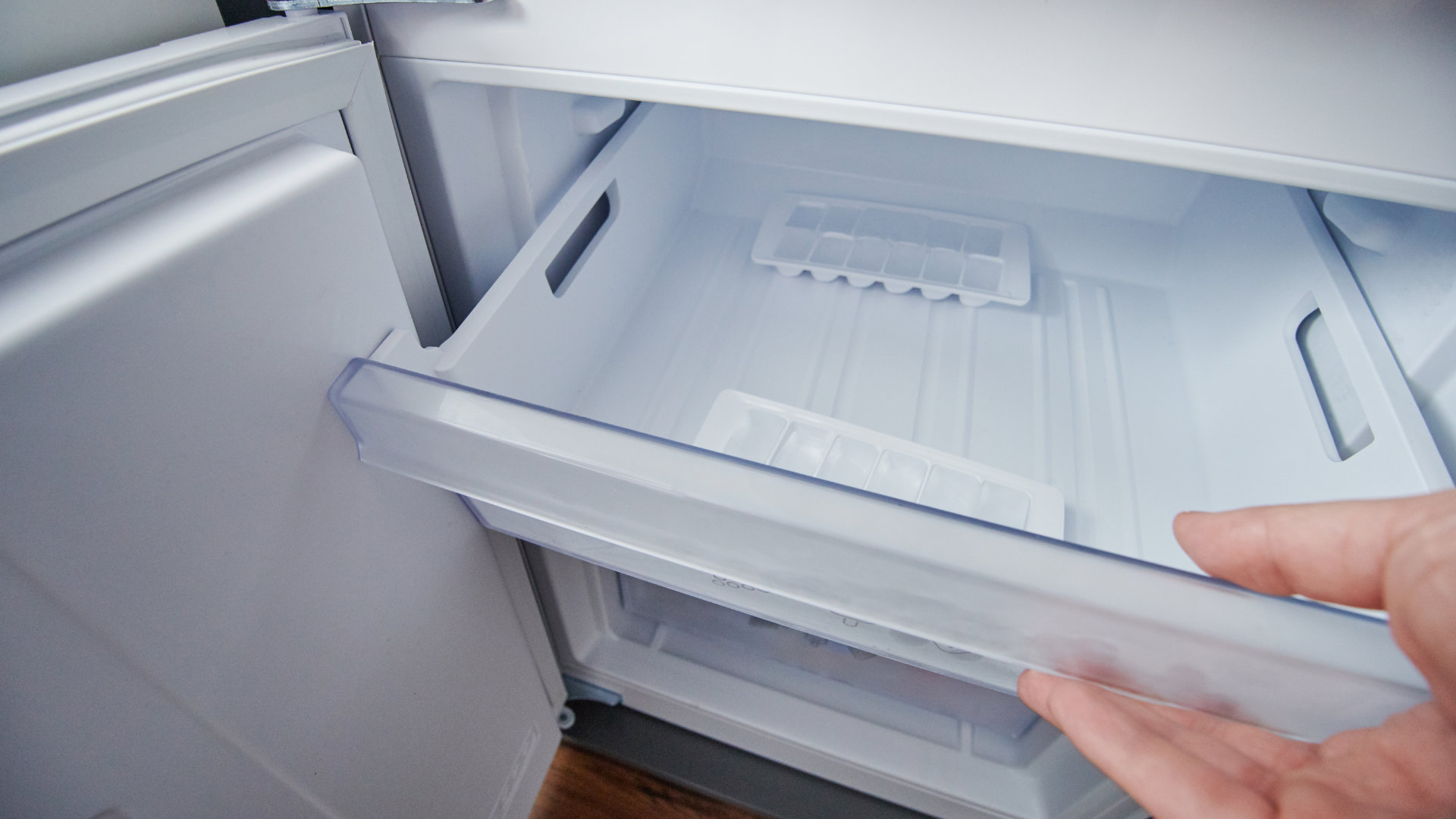
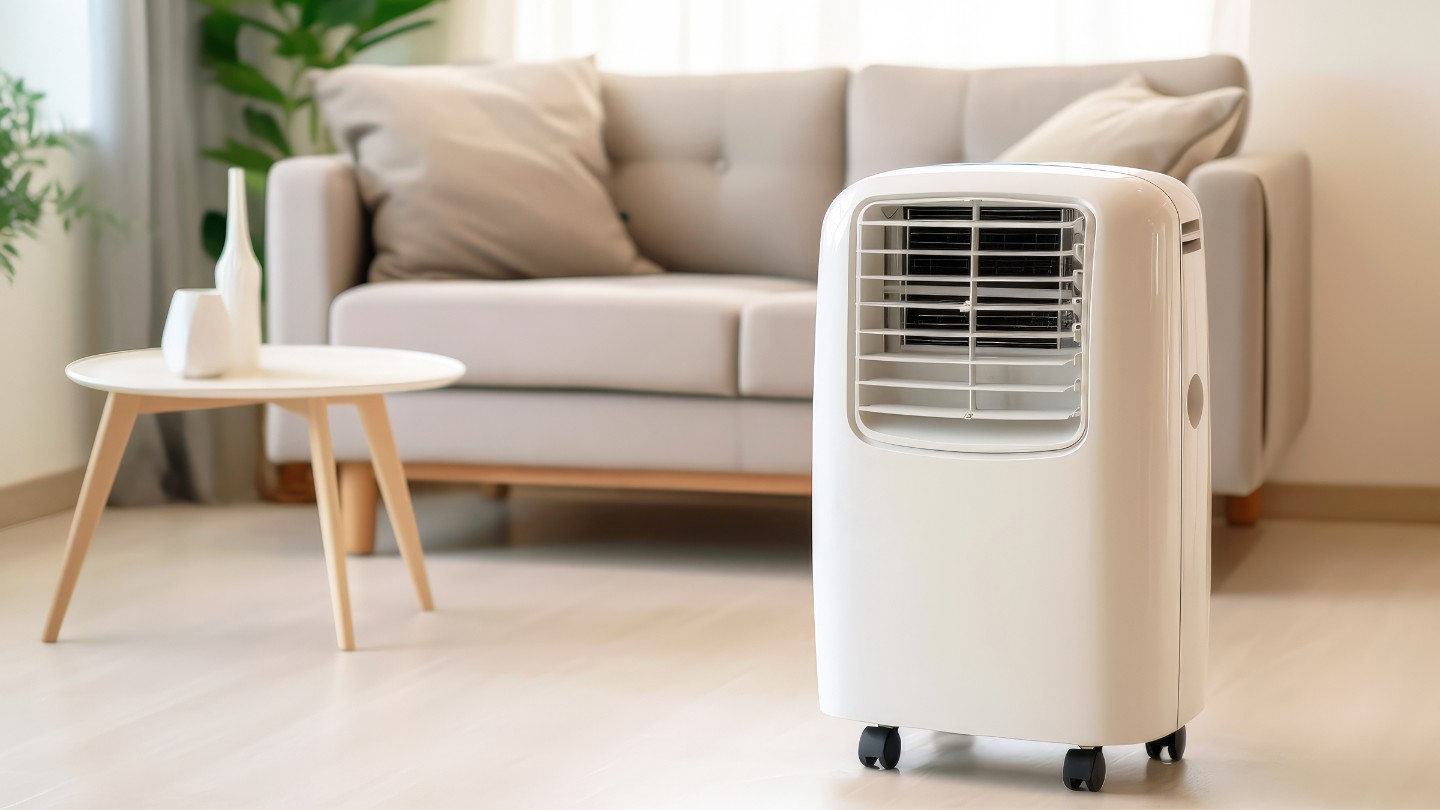
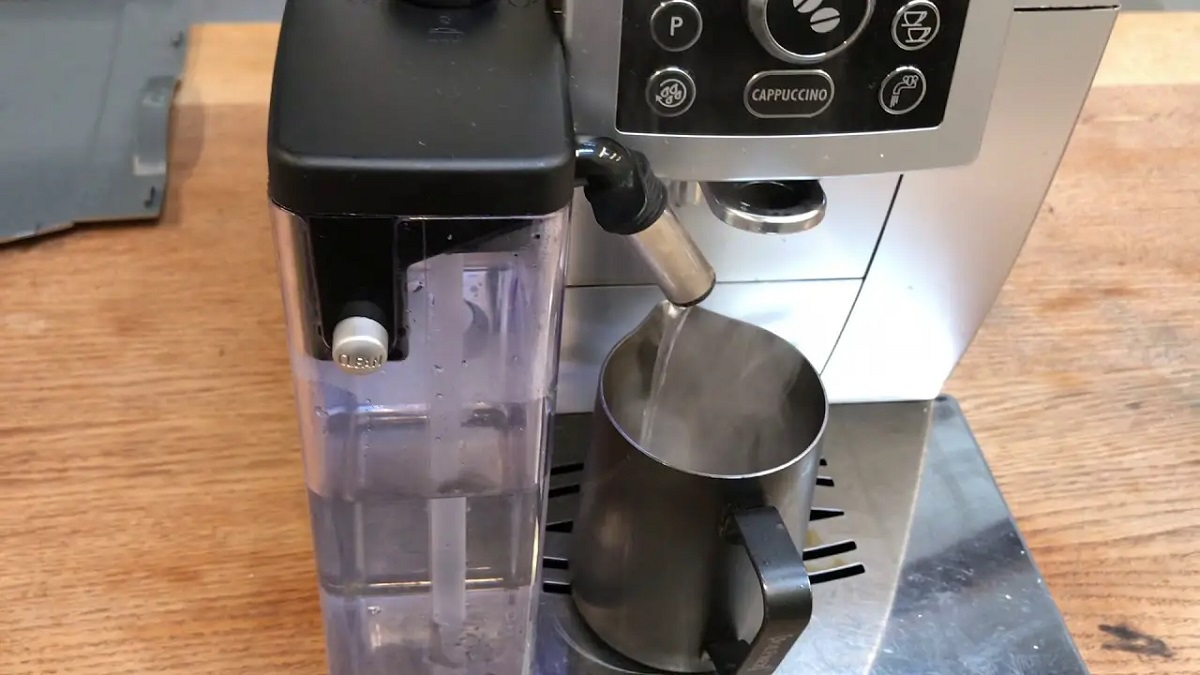
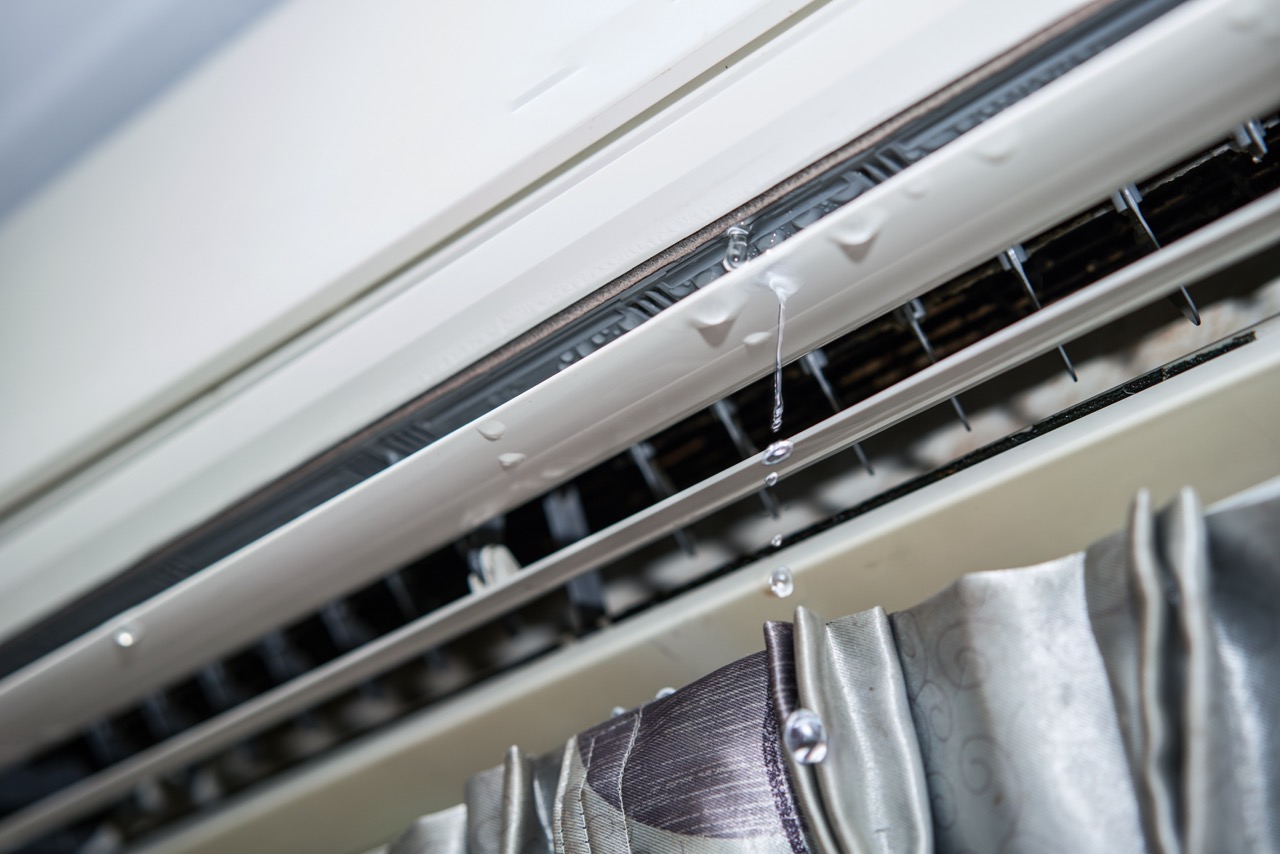
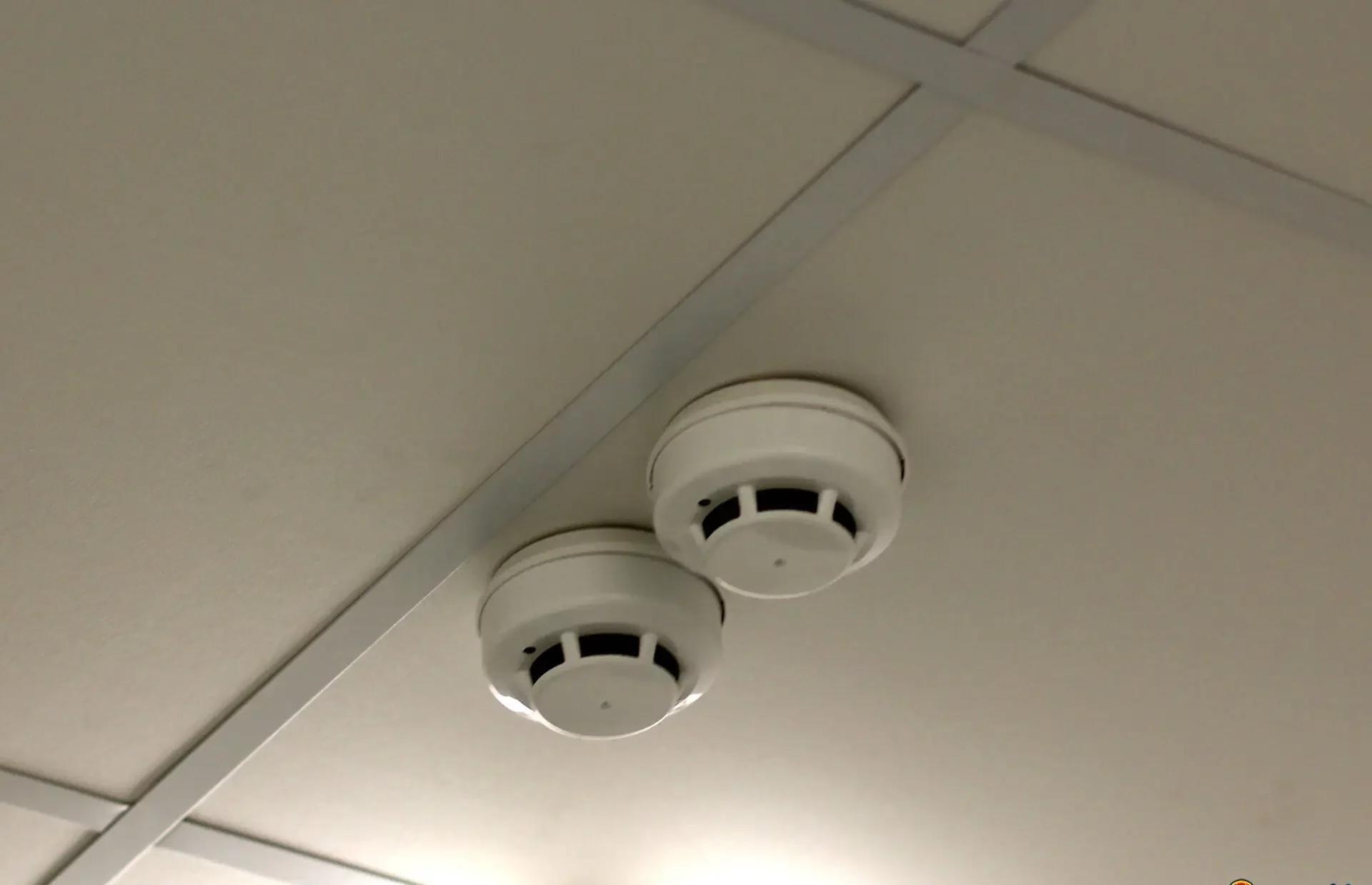
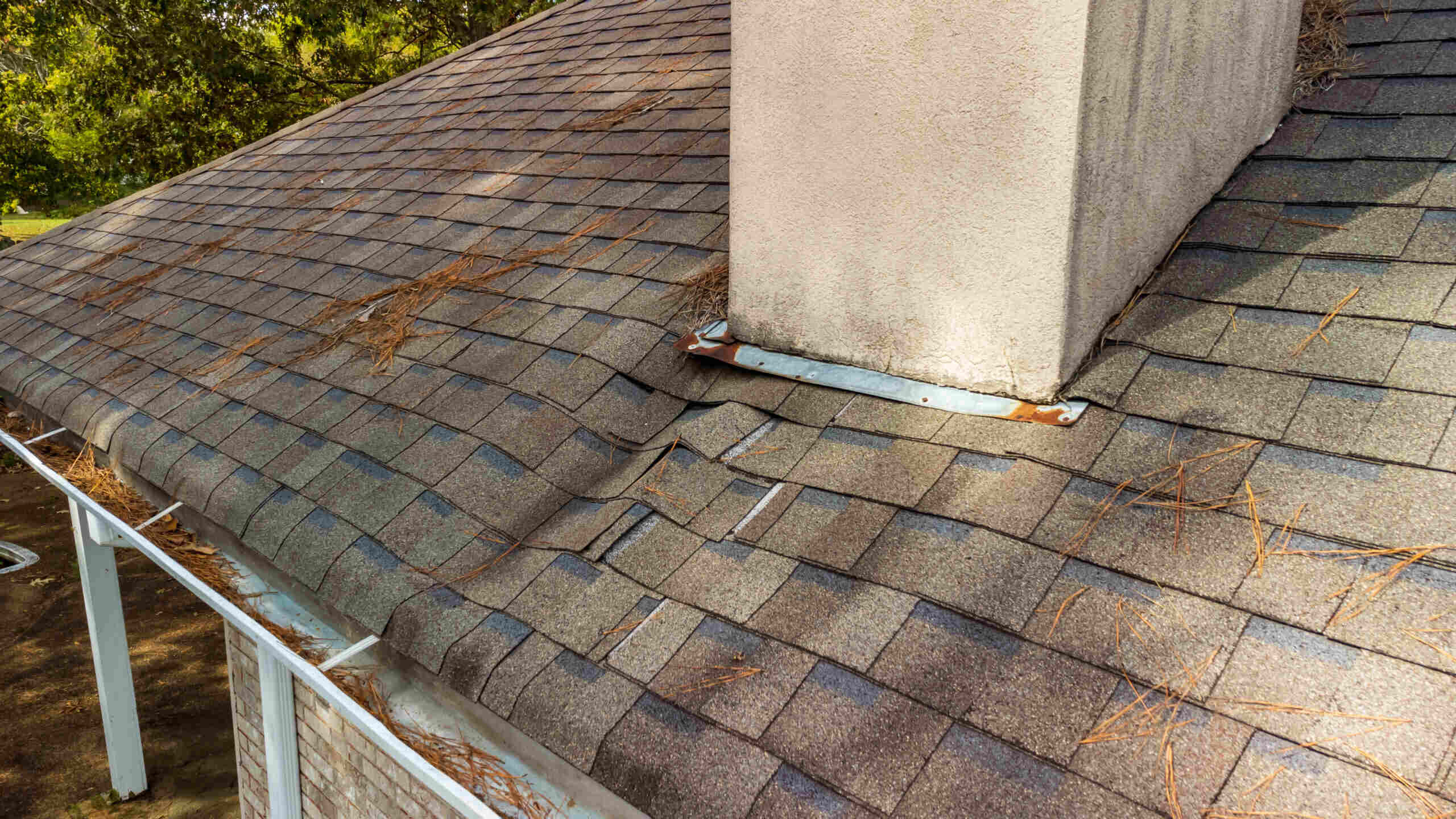
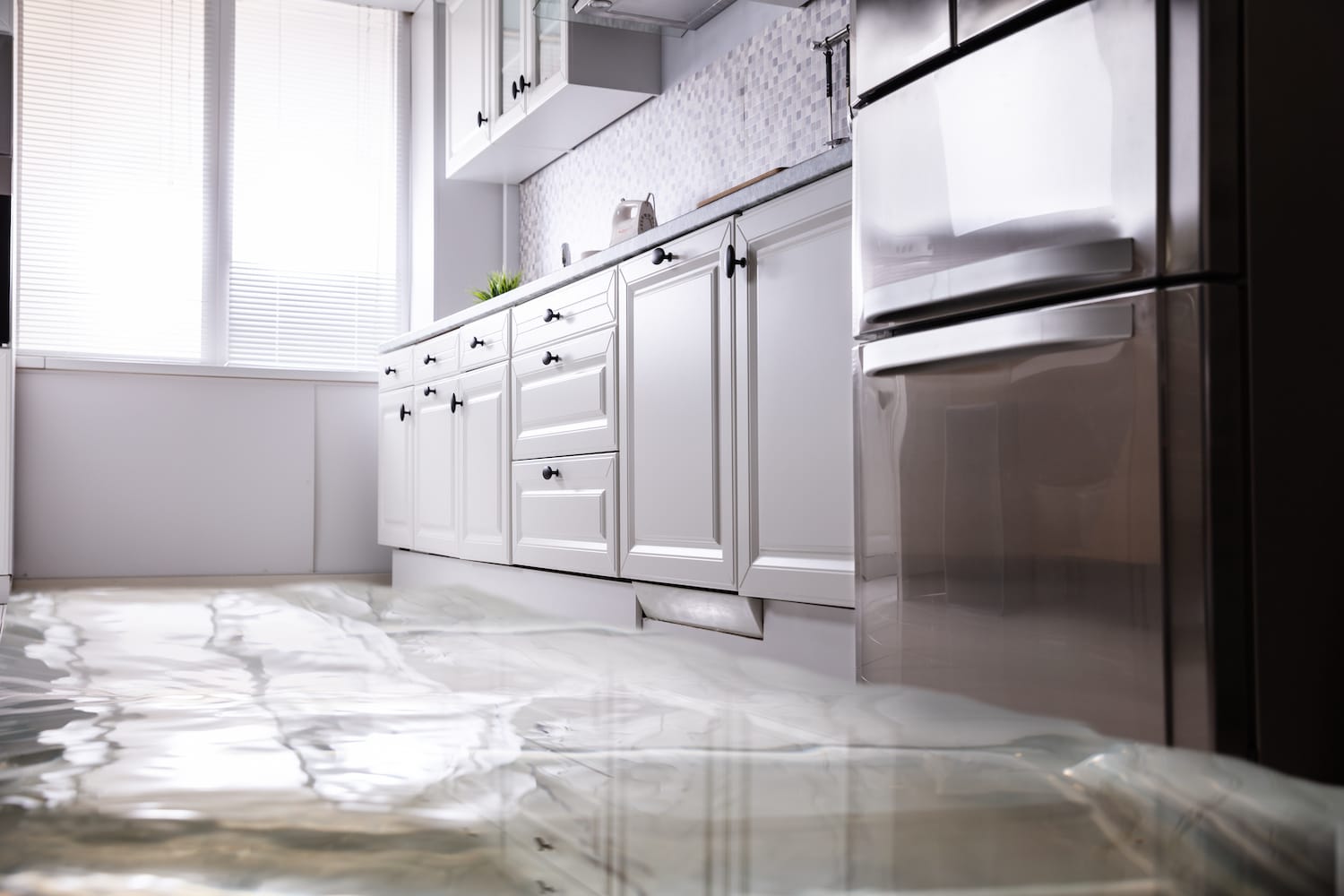

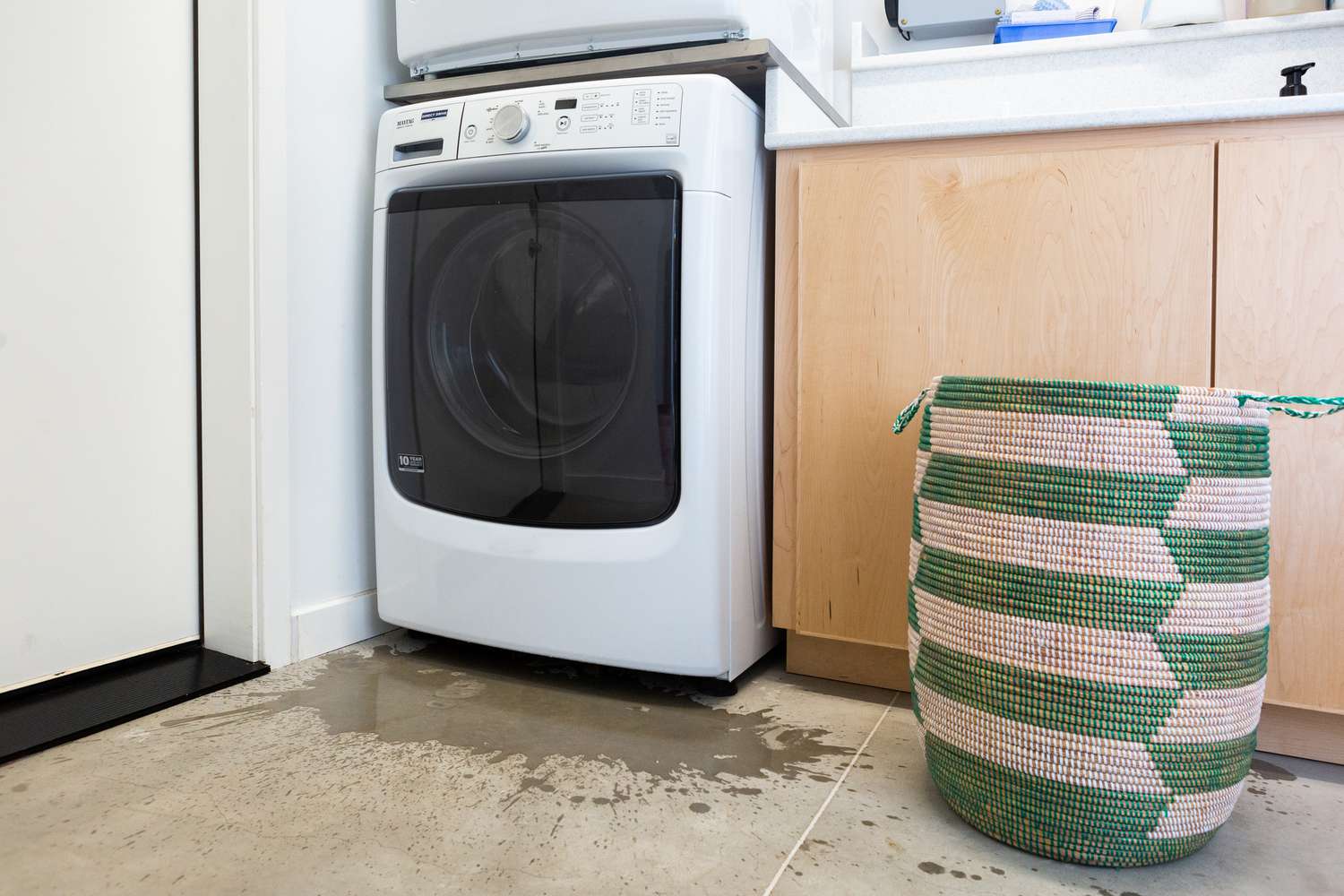
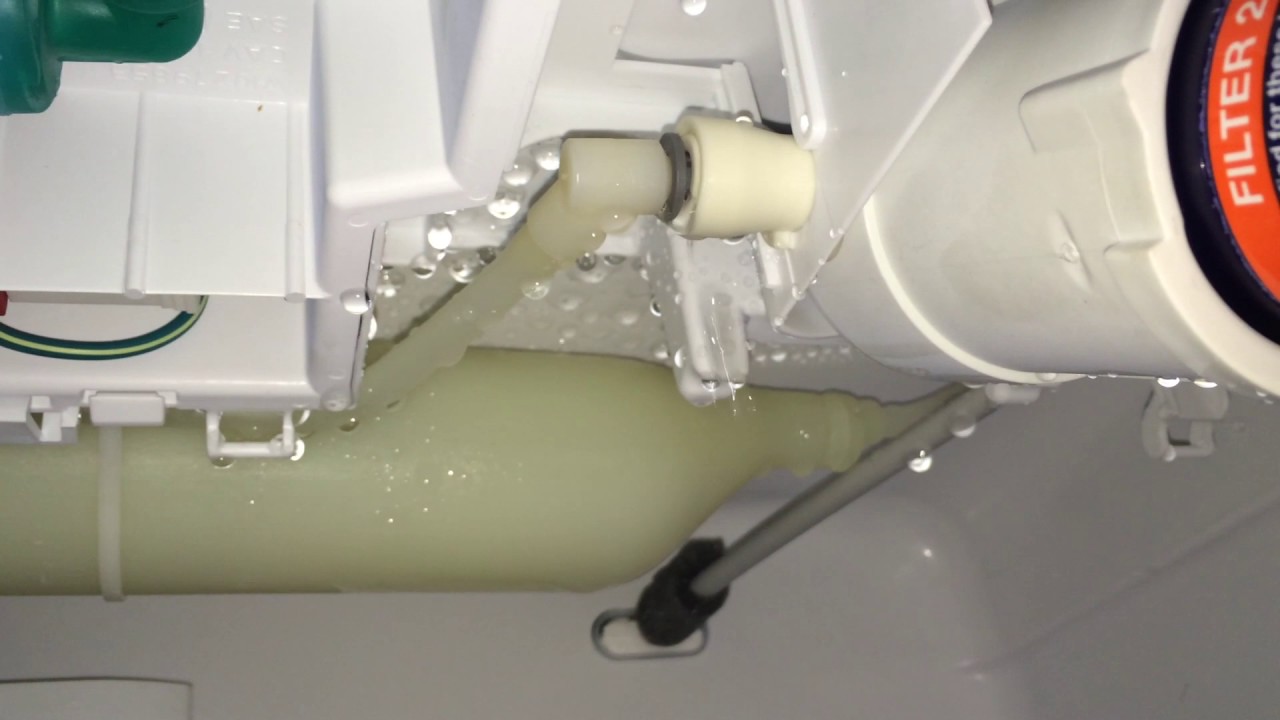
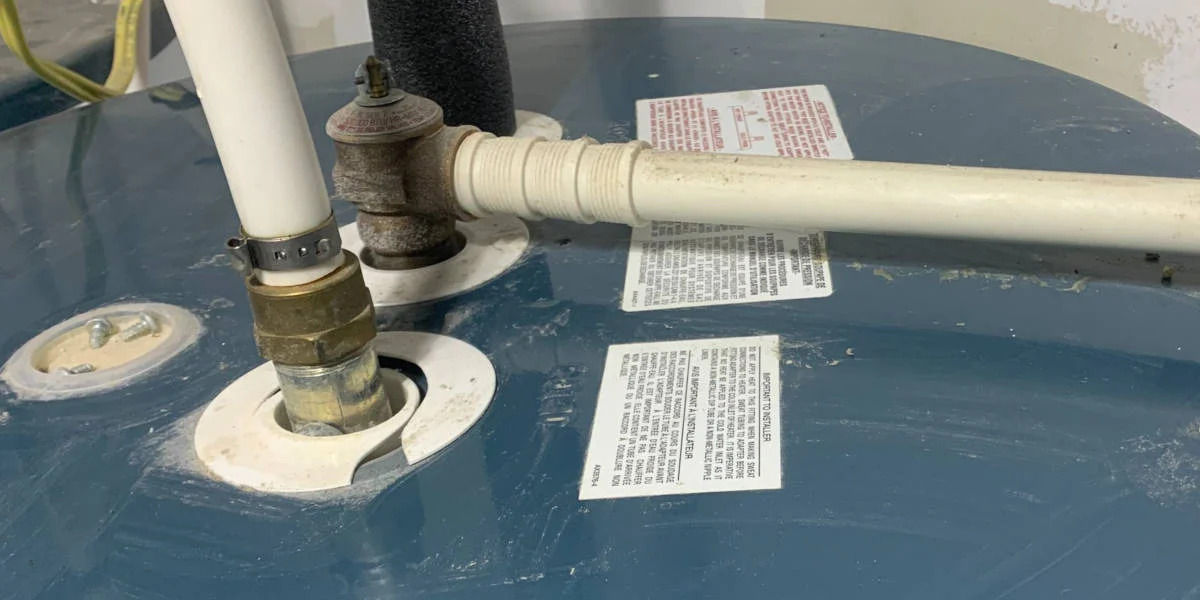
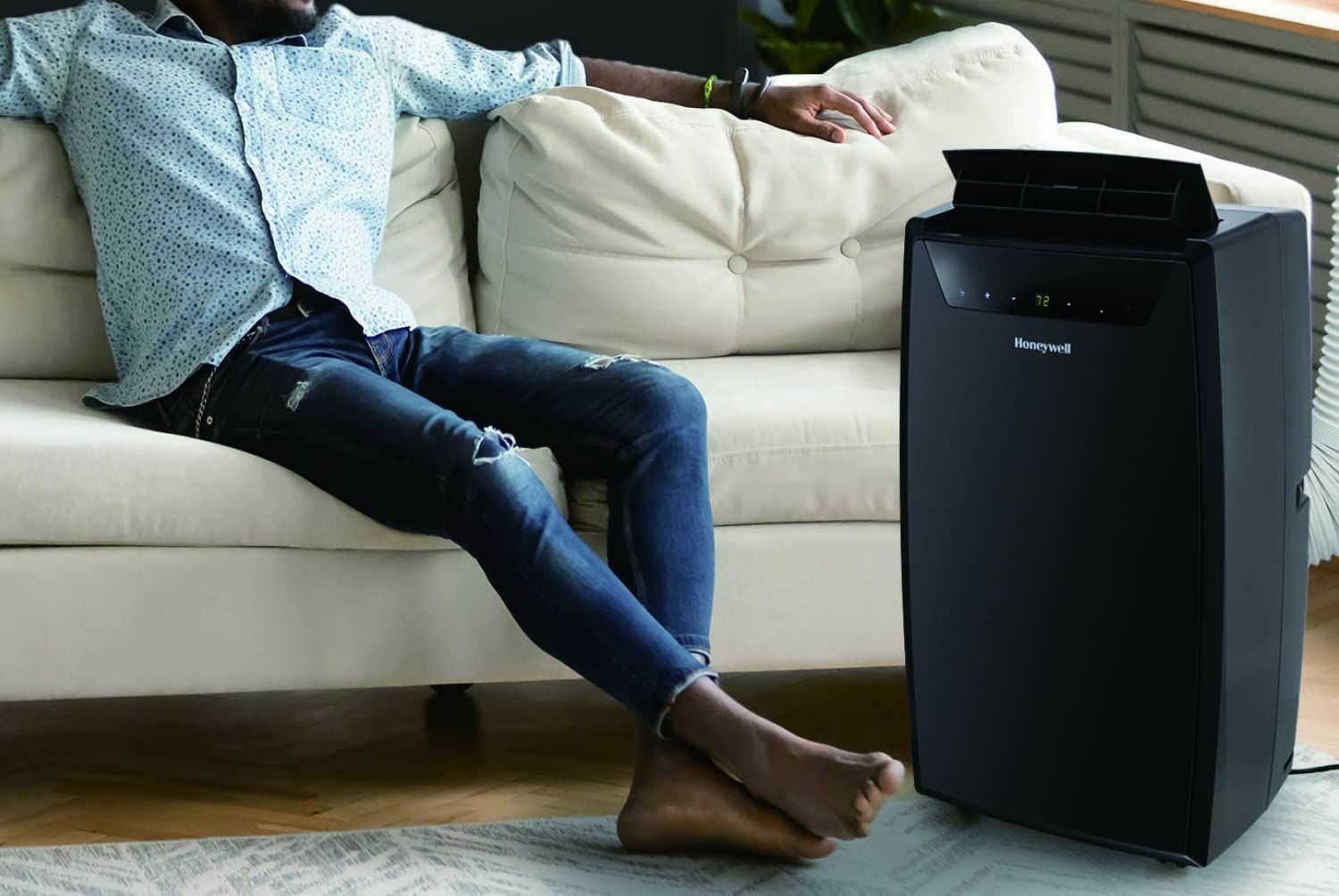
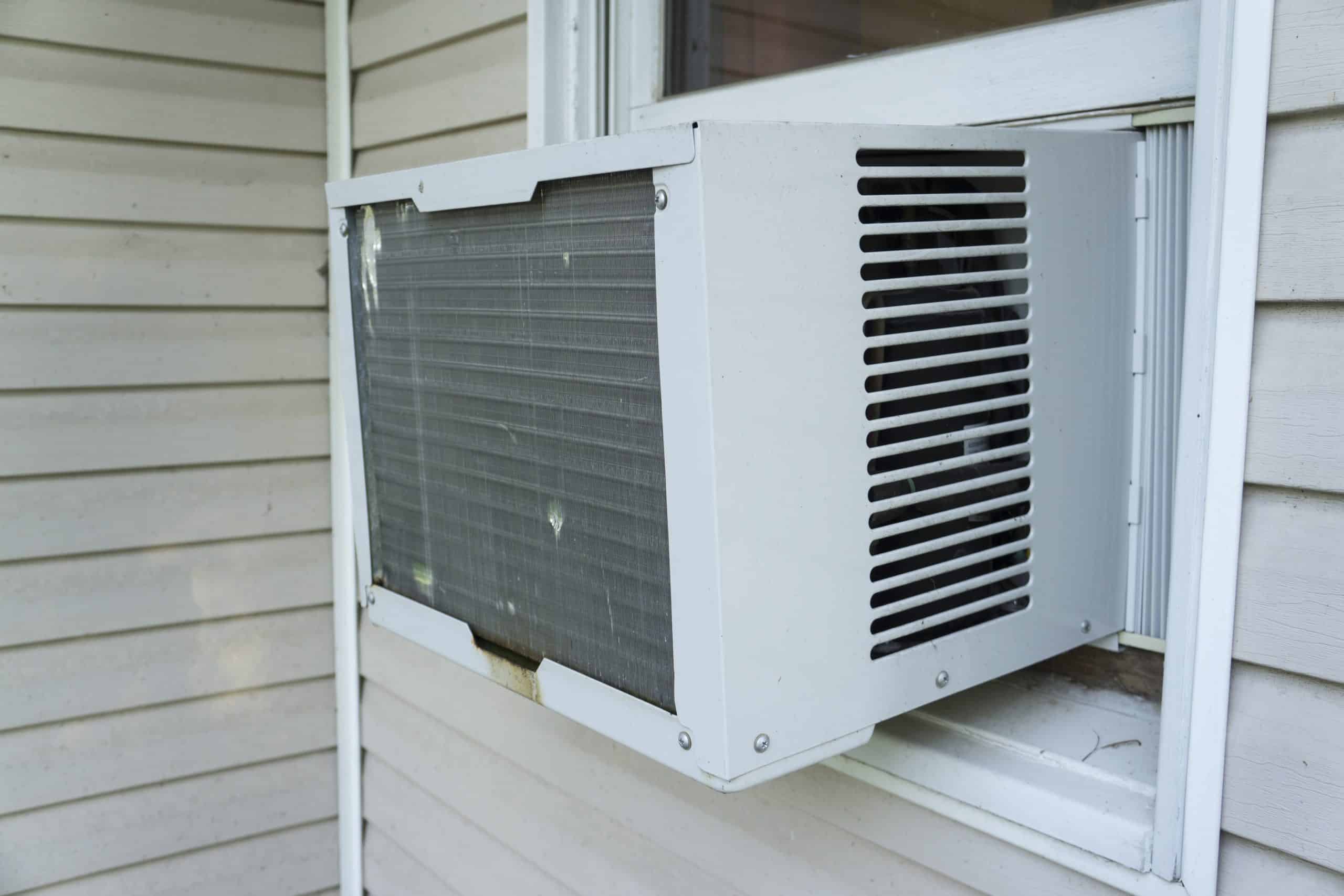
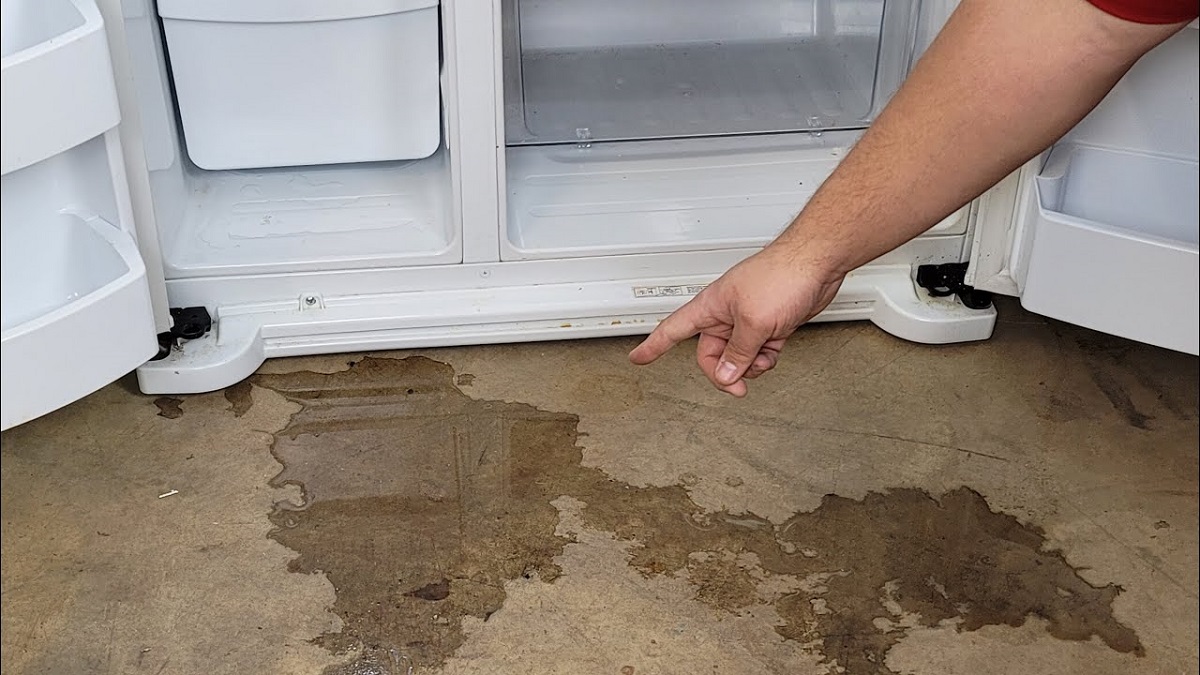
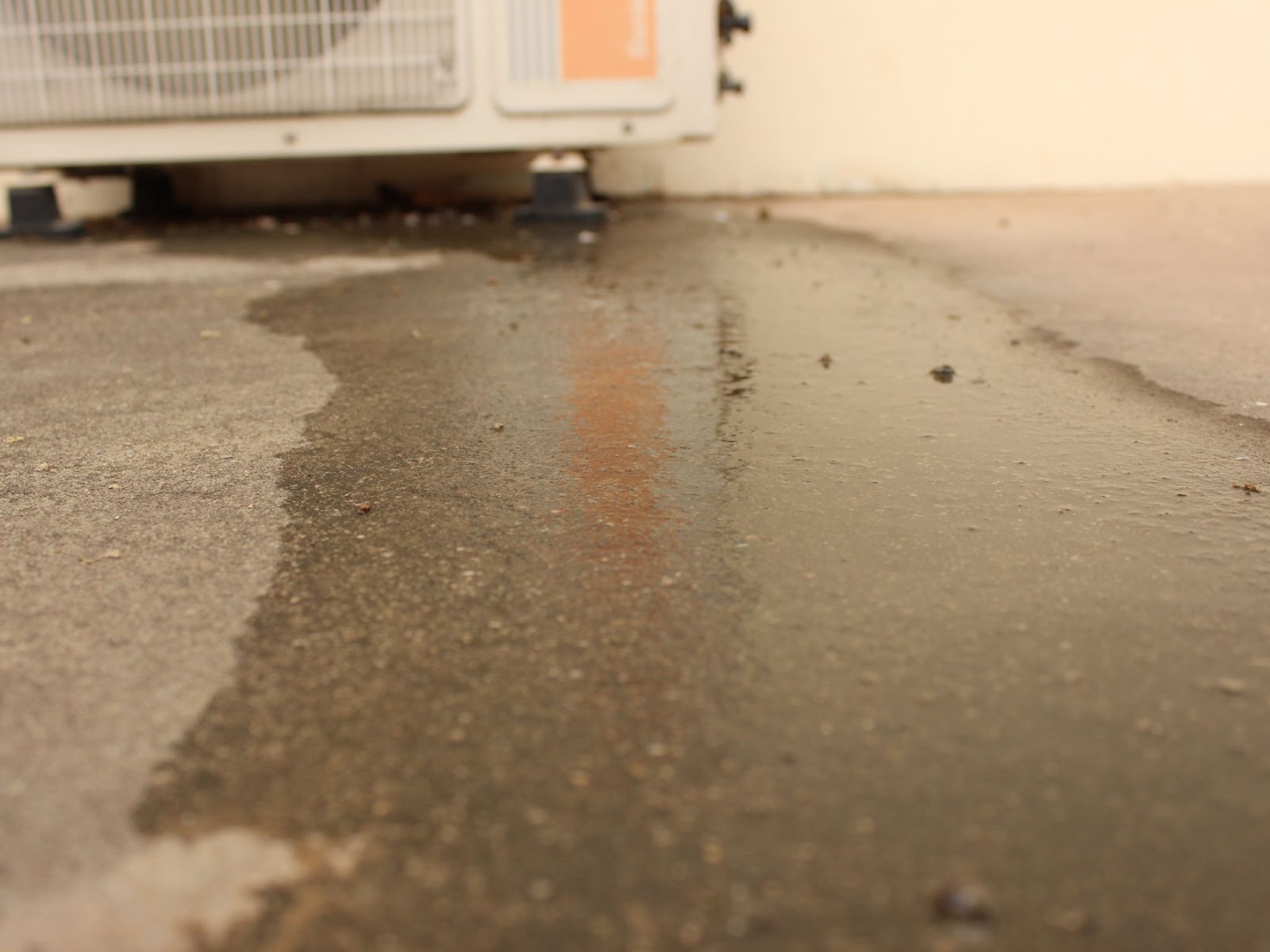

0 thoughts on “Why Is My Kettle Leaking Water”